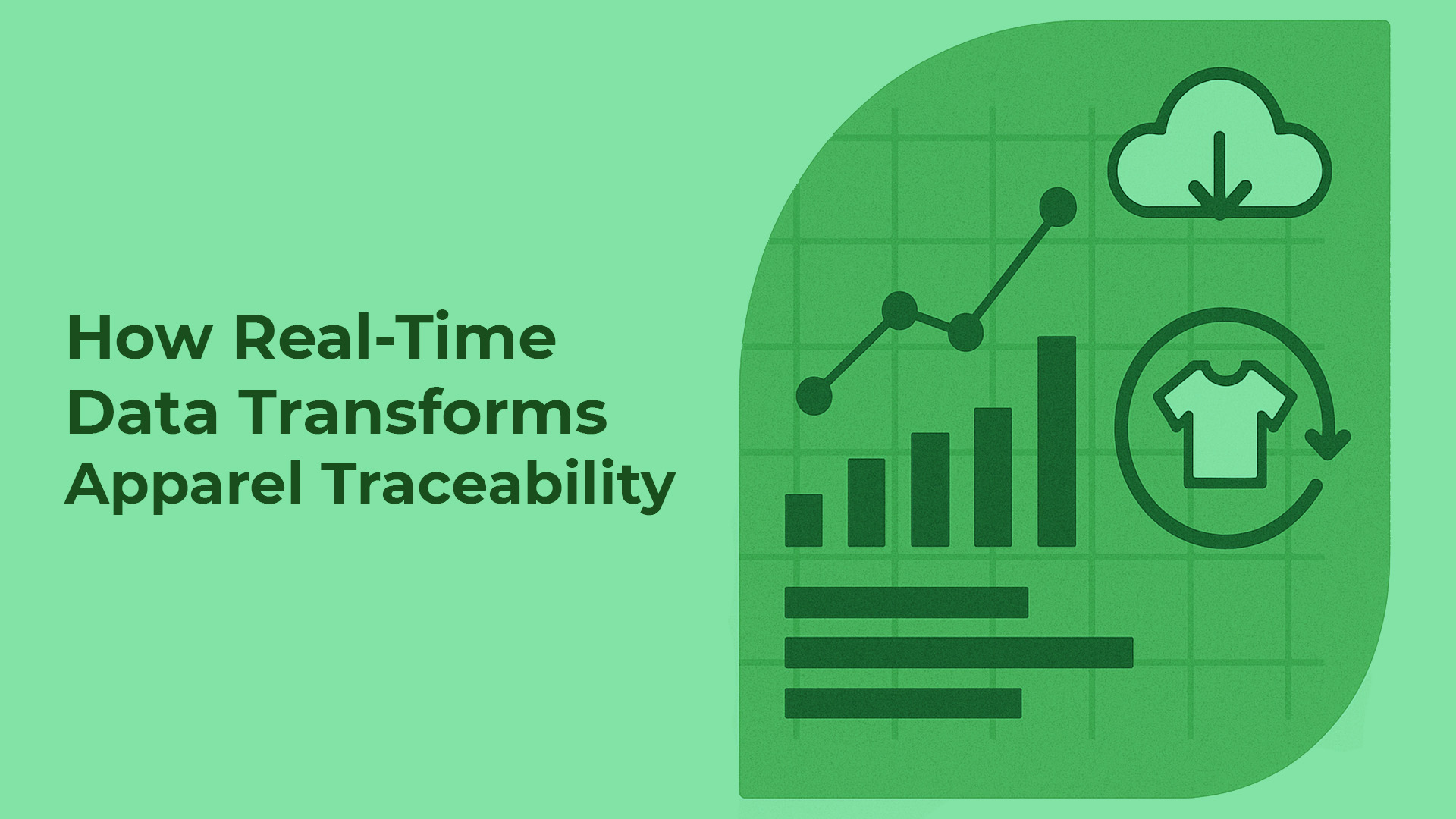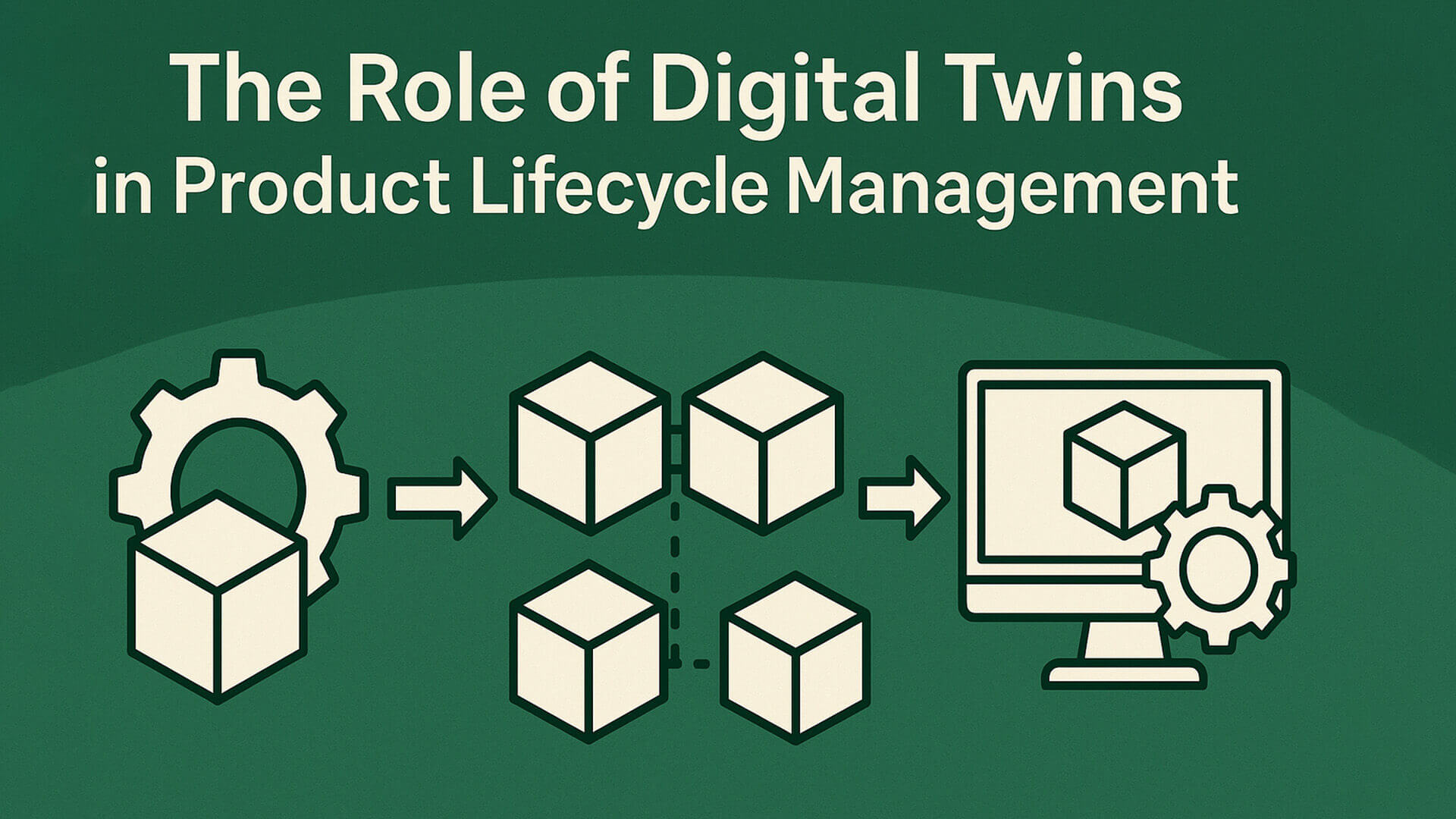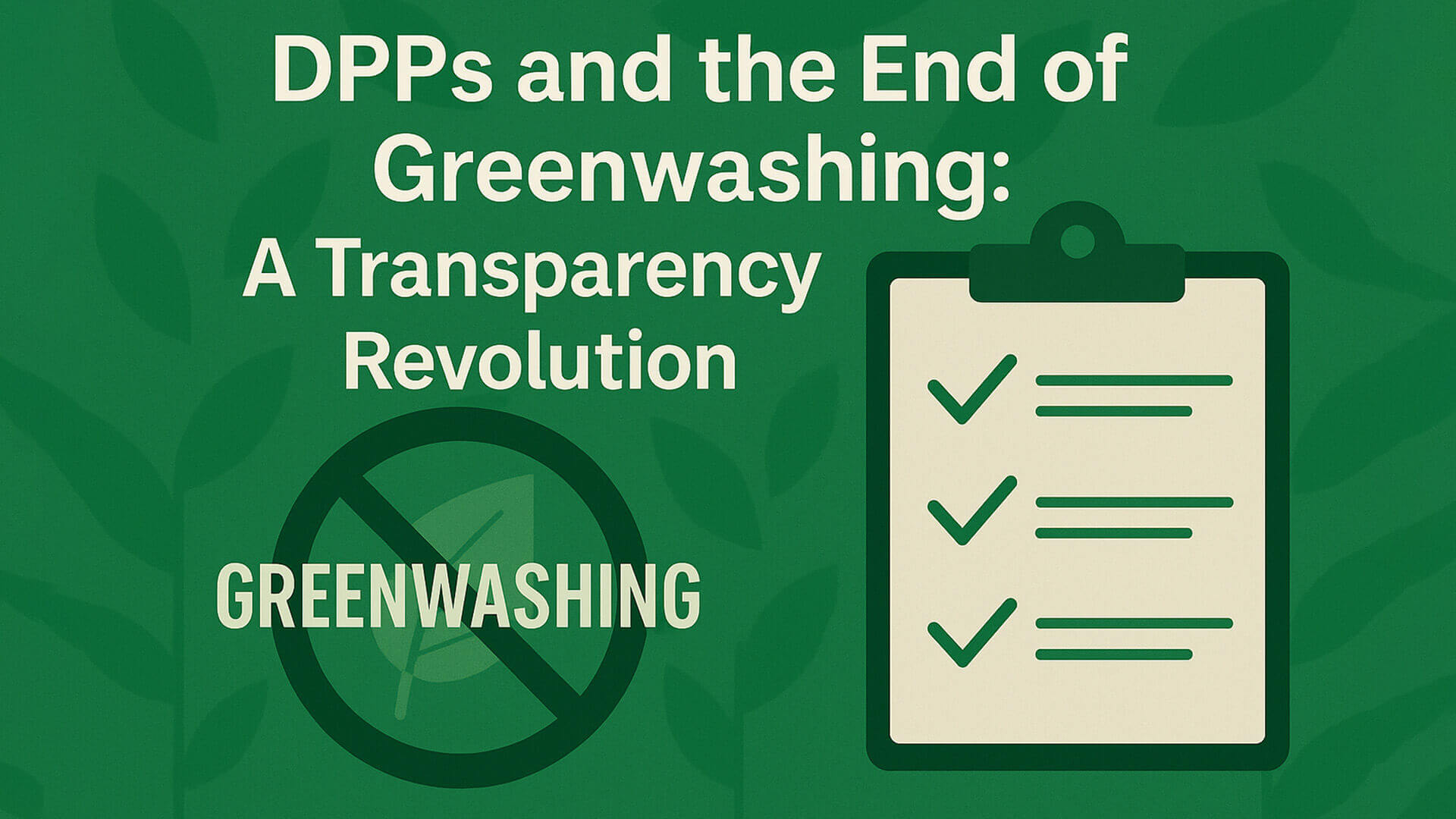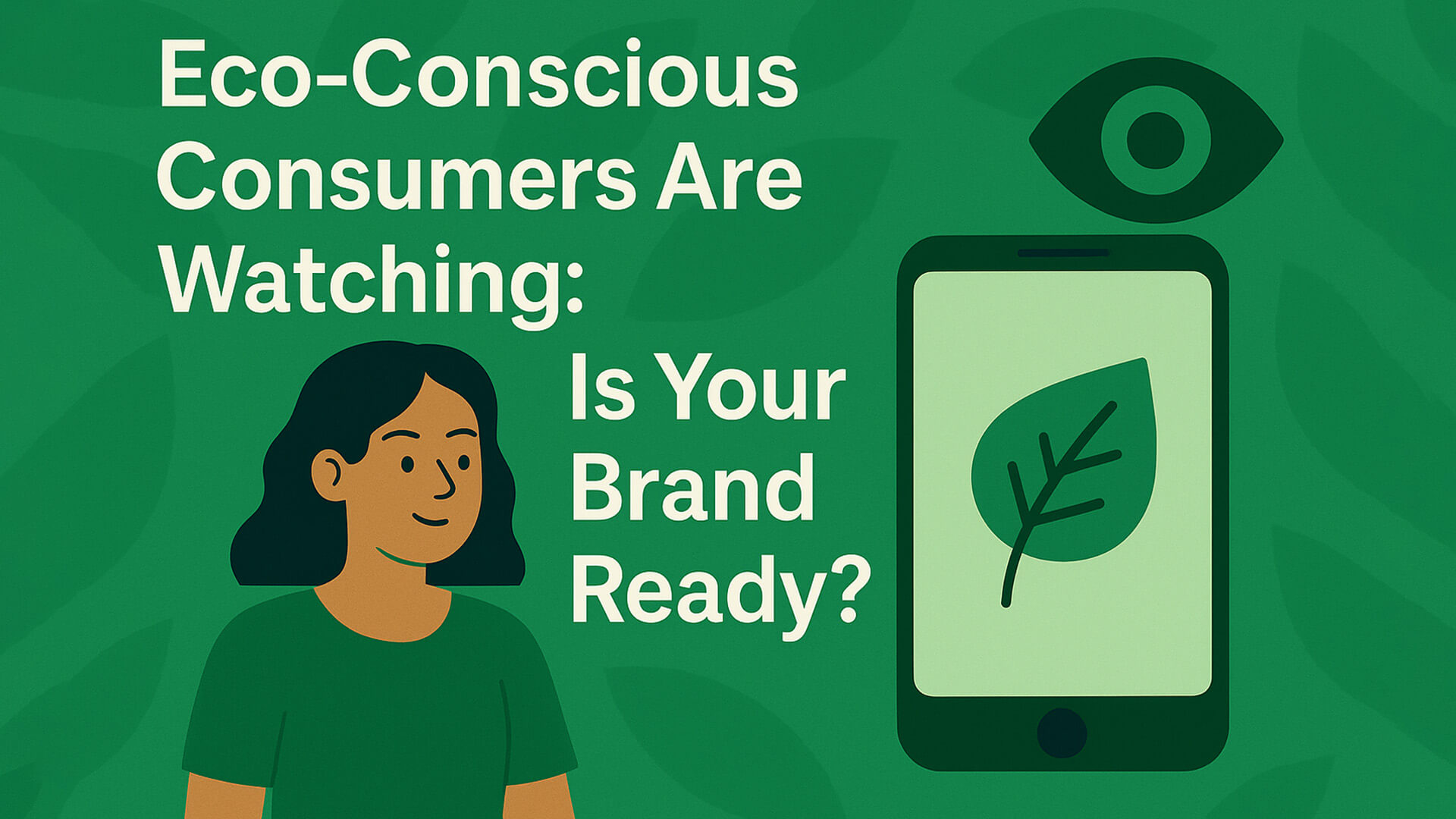- info@greenthreadsdpp.com
- Southampton, United Kingdom
How Real-Time Data Transforms Apparel Traceability

In an era where sustainability, ethics, and transparency are no longer optional but expected, the apparel industry is undergoing a seismic shift. At the heart of this transformation lies real-time data, a powerful force reshaping how brands trace, verify, and communicate the journey of their garments from fiber to fashion.
The Traceability Imperative
The global apparel supply chain is notoriously complex. A single T-shirt might pass through cotton farms in India, spinning mills in Bangladesh, dye houses in China, and assembly lines in Vietnam before landing on a shelf in London. This multi-tiered, geographically dispersed network makes it incredibly difficult to track the origin and movement of materials, let alone ensure ethical and sustainable practices at every step.
Consumers, regulators, and investors are demanding answers:
-
Where was this made?
-
Who made it?
-
Was it produced ethically and sustainably?
To answer these questions with confidence, brands must embrace traceability the ability to track and verify every stage of a product’s lifecycle. And to do it effectively, they need real-time data.
What Is Real-Time Data in Apparel Supply Chains?
Real-time data refers to information that is collected, processed, and made available instantly or with minimal delay. In the context of apparel traceability, this includes:
-
GPS tracking of shipments
-
IoT sensors monitoring factory conditions
-
Blockchain entries recording material provenance
-
Live updates from ERP and SCM systems
-
Digital product passports accessible via QR codes or RFID tags
This data is not just timestamped it’s actionable, verifiable, and transparent.
From Static to Dynamic: The Evolution of Traceability
Traditionally, traceability relied on paper trails, manual audits, and post-production declarations. These methods are slow, error-prone, and easily manipulated. Real-time data flips the script by enabling:
-
Continuous monitoring instead of periodic checks
-
Automated verification instead of manual reporting
-
Instant alerts for non-compliance or disruptions
-
End-to-end visibility across all supply chain tiers
This shift from static to dynamic traceability is not just a technological upgrade, it’s a paradigm change.
Fiber-Forward Traceability: Starting at the Source
One of the most promising applications of real-time data is fibre-forward traceability. This approach tracks raw materials like organic cotton, recycled polyester, or regenerative wool from their point of origin through every transformation stage.
For example:
-
A cotton bale is tagged with a digital ID at the farm.
-
As it moves through ginning, spinning, dyeing, and weaving, each step is logged in real time.
-
The final garment carries a QR code that lets consumers trace its full journey.
This level of transparency builds trust, validates sustainability claims, and helps brands comply with regulations like the EU’s Digital Product Passport initiative.
Smart Systems: The Tech Behind the Transformation
Real-time traceability is powered by a constellation of technologies:
These tools don’t just collect data, they connect it, contextualize it, and communicate it across the value chain.
At Green Threads we bring together a range of technology combined with experienced Carbon Auditors to ensure that the data being collected and created is as accurate and comprehensive as possible.
Real-Time Data in Action: Use Cases
Here’s how real-time data is transforming traceability on the ground:
1. Ethical Labor Verification
Factories equipped with IoT devices can monitor working hours, machine usage, and even ambient noise levels. If a factory suddenly operates 24/7, it may indicate labor violations—triggering alerts for compliance teams.
2. Sustainable Material Tracking
Blockchain platforms like Textile Genesis allow brands to trace certified fibres (e.g., GOTS cotton, FSC viscose) from source to shelf, ensuring that sustainability claims are backed by verifiable data.
3. Counterfeit Prevention
Luxury brands use digital IDs and blockchain to authenticate products. Consumers can scan a QR code to verify a garment’s origin, materials, and production history—reducing fraud and enhancing brand integrity.
4. Circular Fashion Enablement
Real-time data enables brands to track garments beyond the point of sale. When a product is resold, repaired, or recycled, its digital passport is updated supporting circular economy models and extended producer responsibility.
The Business Case for Real-Time Traceability
While traceability is often framed as a compliance or sustainability issue, it also delivers tangible business benefits:
-
Risk Mitigation: Identify and address supply chain disruptions or violations before they escalate.
-
Operational Efficiency: Streamline logistics, reduce waste, and optimize inventory.
-
Brand Differentiation: Stand out in a crowded market by offering radical transparency.
-
Consumer Engagement: Empower shoppers with stories, not just specs boosting loyalty and trust.
In short, real-time data turns traceability from a cost center into a competitive advantage.
Challenges and Considerations
Of course, implementing real-time traceability isn’t without hurdles:
-
Data Silos: Many systems don’t talk to each other, creating gaps in visibility.
-
Supplier Participation: Small suppliers may lack the tech or incentives to share data.
-
Data Integrity: Real-time doesn’t mean real-truth—garbage in, garbage out.
-
Cost and Complexity: Deploying IoT, blockchain, and AI requires investment and expertise.
Overcoming these challenges requires collaboration, standardization, and a shared commitment to transparency across the industry.
The Future: Traceability as a Strategic Asset
As regulations tighten and consumer expectations rise, traceability will no longer be a “nice to have.” It will be a strategic imperative on par with design, marketing, and logistics.
Real-time data will be the backbone of this new reality, enabling brands to:
-
Prove their sustainability claims
-
Respond swiftly to crises
-
Build resilient, ethical supply chains
-
Tell compelling, data-driven product stories
In this future, every garment will come with a verifiable origin storyand real-time data will be the narrator.





